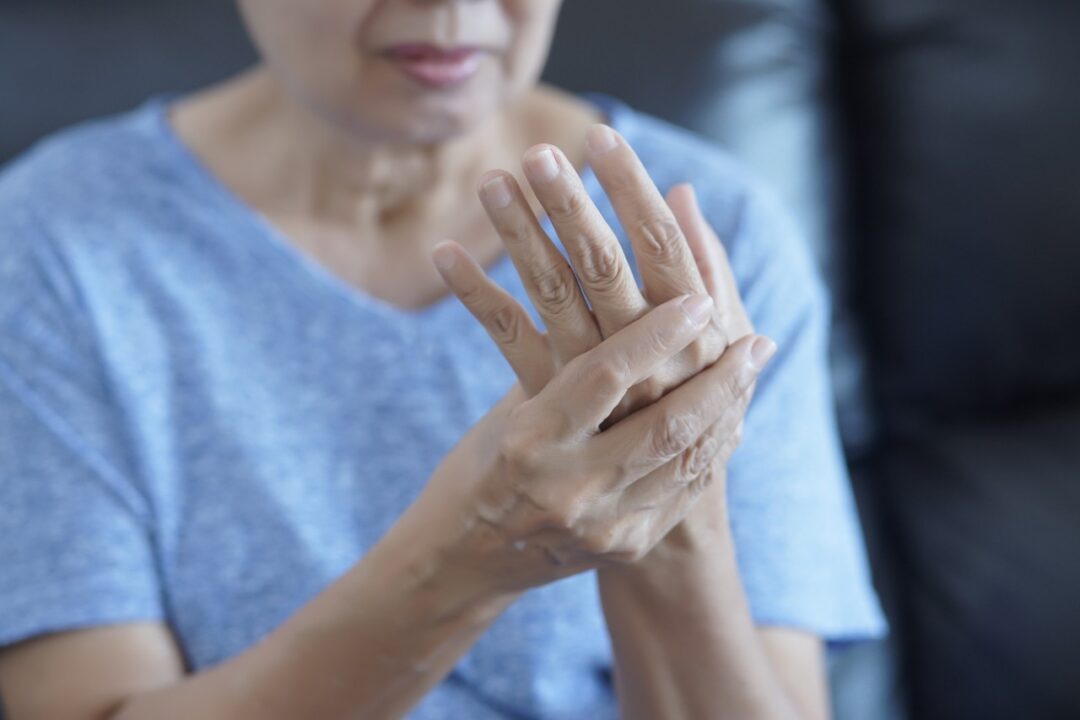What is Osteoarthritis? |

Osteoarthritis (OA) is the most common type of arthritis affecting up to 27 million Americans. In OA, cartilage that lines the joints breaks down. With loss of this natural cushion, the bones begin to rub together, damaging the joint. Symptoms of osteoarthritis include pain, swelling and reduced range of motion. OA can develop in any joint in the body, but the most common ones affected are the knees, hips, hands and spine. Conservative treatment measures involve lifestyle changes such as exercise, weight control, and rest. Medical treatment includes the use of non-steroidal anti-inflammatory medications (NSAIDs), acetaminophen (e.g. Tylenol), and joint injections of a joint fluid supplement (Synvisc, Hyalgan, others) or corticosteroids. With an aging population in the U.S., it is clear that more and more of us will become affected by this condition. Fortunately, a great deal of research is being conducted to address the recognition, causes, and management of OA. Let’s looks at some of the newest developments in this condition.
-
- Knee pain while using stairs may be first sign of arthritis. In a new study, it was found that having pain while using stairs was one of the earliest signs for the development of OA. When patients report this symptom to their doctor, efforts should be made to evaluate for the possibility that their knee pain could be coming from early OA. By knowing this, earlier intervention with more effective treatment may be possible.
- Drinking milk may slow knee OA progression. It is well known that calcium-containing products, such as dairy foods, can help strengthen bones. A recent study published in Arthritis Care Research has also found that drinking milk may have a beneficial effect in slowing the progression of OA of the knee in women. Both male and female subjects with OA were evaluated annually with x-rays over a 4 year period. At the conclusion of the study, women who drank 7 or more glasses of milk per week were found by x-ray to have lost the least amount of cartilage and women who did not drink milk lost the most. Cartilage loss in women who drank 1-6 glasses of milk per week was somewhere between these two groups. This suggests that, in women, the more milk that was consumed, the slower the progression of their OA. Unfortunately, these results did not hold up in men, with no differences in the amount of cartilage loss when taking milk consumption into consideration.
- Some OTC supplements for OA may be better than others. A quick search of the internet will reveal a number of dietary supplements touted to help with OA. These include chondroitin sulfate, glucosamine, and MSM (methylsulfonylmethane). The highly respected Cochran Collaboration conducted a review of the effects of chondroitin sulfate for people with osteoarthritis. Major findings from their review of 34 studies involving over 9,000 participants were that:
- Chondroitin may improve pain slightly in the short-term (less than 6 months);
- Chondroitin probably improves quality of life slightly as measured by Lequesne’s index (combined measure of pain, function, and disability);
- Chondroitin slightly slows down the narrowing of joint space on X-rays of the affected joint.
When the same research group evaluated the benefits of glucosamine alone on OA, the results were much less positive. No benefit in pain or improvement in function was found for most commercial preparations of glucosamine. The glucosamine product from one company (Rotta), however, did show slight improvement in pain and function over placebo tablets. When studies evaluating the use of MSM in OA were pooled, the Cochrane group found no benefit in study subjects.
- Running may help prevent knee osteoarthritis. Controversy exists as to whether habitual running with its repetitive pounding contributes to the development of knee OA. Recently, at a meeting of the American College of Rheumatology, researchers presented evidence that regular running does not increase a person’s risk of developing knee OA, and may even help prevent it from occurring. Their study evaluated data from 2,683 participants in a long-term study known as the Osteoarthritis Initiative. Each participant completed questionnaires assessing their physical activity and symptoms of arthritis. Additionally, x-rays of the knee were taken 2 years apart. After analyzing the data, runners, regardless of the age when they ran, had a lower prevalence of knee pain, x-ray evidence of OA, and symptoms of OA than non-runners. It is important to note that this study did not address the question of whether or not running is harmful to people who already have knee OA.
If you have any more questions just Ask Hanna, our health advisors are here to help.
Image: ©Shutterstock / one photo








